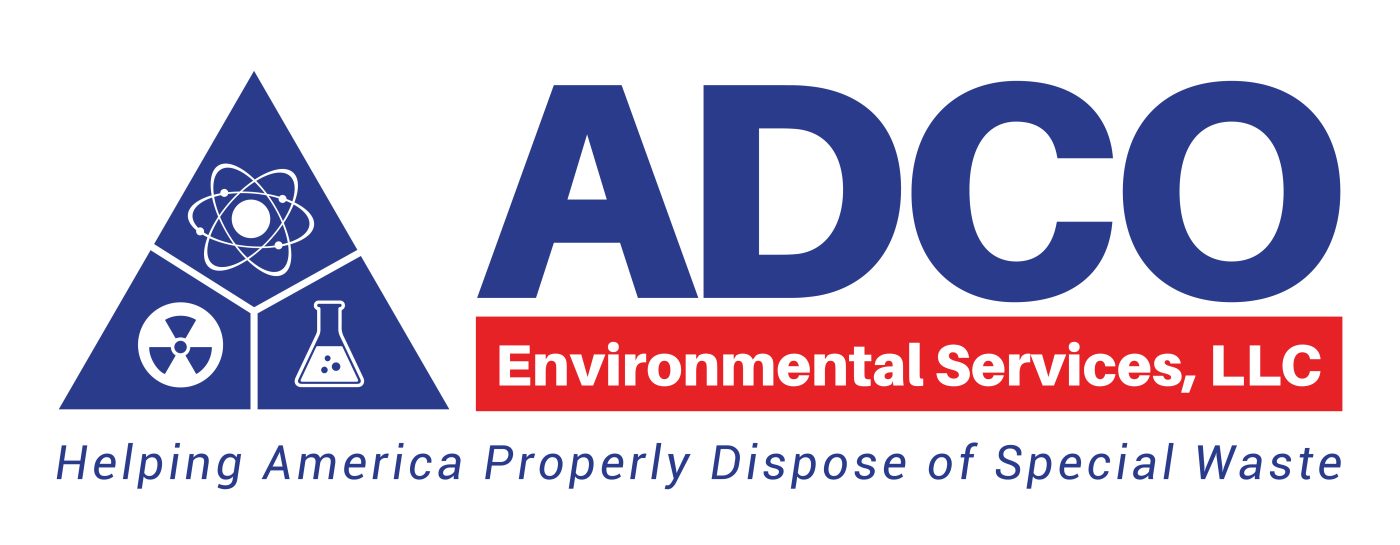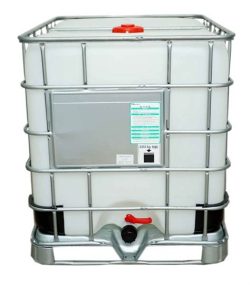Understanding EPA Hazardous Waste Classifications: A Comprehensive Guide
The Environmental Protection Agency (EPA) defines hazardous waste as a broad term encompassing various types of industrial and household waste materials. This guide explains how hazardous waste is identified and managed under EPA guidelines, addressing key questions like:
- What qualifies as hazardous waste?
- How does the EPA classify hazardous waste?
- What are listed wastes?
- What are characteristic wastes?
- What are the EPA’s F-List, K-List, P-List, and U-List?
- What is toxicity in EPA terms?
- What does EPA “delisting” mean?
- What is Universal Waste?
- Why are EPA classifications critical?
1. What Is Hazardous Waste?
The EPA defines waste as any solid, liquid, or contained gas discarded for disposal, incineration, or recycling. Hazardous waste could be anything from byproducts of manufacturing processes to spent materials like cleaning fluids, chemical catalysts, or battery acid.
Hazardous waste isn’t just trash, it can include recyclable or dangerous/harmful materials/components that require careful handling and disposal under strict EPA guidelines.
2. How Does the EPA Classify Hazardous Waste?
Hazardous waste falls into two main categories: Listed Wastes and Characteristic Wastes. A third category, Universal Waste, applies to certain materials requiring special management (see Section 8).
3. What Are Listed Wastes?
A waste is considered “listed” if it appears in one of four lists in the Code of Federal Regulations (40 CFR Part 261): the F-List, K-List, P-List, and U-List. These lists include roughly 500 wastes, some classified as “acutely hazardous,” meaning they can be fatal even in small doses.
4. What Are Characteristic Wastes?
Characteristic wastes don’t appear on the EPA’s lists but exhibit one or more of the following traits:
- Ignitability: Can catch fire easily under certain conditions (e.g., some paints or solvents).
- Corrosiveness: Highly acidic or basic substances (e.g., battery acid or rust removers).
- Reactivity: Prone to explosions or toxic fume releases when mixed or pressurized (e.g., certain Cyanides).
- Toxicity: Harmful to human health or the environment if ingested, absorbed, or improperly disposed (e.g., substances containing Lead or Mercury).
5. What Is the EPA F-List?
The F-List covers hazardous wastes from industrial processes. Examples include:
- F001: Spent solvents used in degreasing.
- F002: Spent solvents containing specific chemicals.
- F003: Solvents from paint thinning.
6. What Is the EPA K-List?
The K-List focuses on hazardous waste from specific industrial activities, such as:
- K001: Waste from pesticide production.
- K002: Petroleum refining byproducts.
7. What Are the EPA P-List and U-List?
The P-List includes acutely hazardous chemical products, such as Arsenic Trioxide and Cyanides.
The U-List features hazardous substances that are not acutely toxic, such as Acetone, Benzene, and Chloroform.
8. What Does the EPA Mean by “Toxicity”?
While “hazardous waste” is an umbrella term, “toxic waste” refers specifically to substances with harmful effects. Toxicity is one of the four characteristics used to define hazardous waste (see Section 4).
9. What Is EPA “Delisting”?
In some cases, a material may be classified as hazardous solely because it’s a byproduct of processes typically associated with hazardous waste. If your waste meets EPA criteria for “delisting,” it can be exempted from hazardous waste regulations.
If you believe you have waste eligible for delisting, ADCO Environmental Services, LLC can assist. Call us at 877-254-2326 for expert advice.
10. What Is Universal Waste?
Universal waste includes certain hazardous materials with less stringent handling requirements for smaller quantities. However, larger amounts of universal waste must be treated as regular hazardous waste. Examples include:
- Batteries (e.g., Lithium, Nickel-Cadmium).
- Mercury-containing equipment (e.g., thermostats).
- Lamps (e.g., fluorescent or high-pressure Sodium).
11. Why Are EPA Classifications Important?
Understanding EPA classifications ensures your waste is handled, disposed of, and treated safely, legally, and cost-effectively. Mismanagement can lead to serious environmental and legal consequences.
Let ADCO Handle Your Hazardous Waste Needs
At ADCO Environmental Services, LLC, we specialize in hazardous waste removal, transportation, and disposal nationwide. Our experts guide businesses, organizations, and government agencies through compliance with EPA regulations and cradle-to-grave waste management responsibilities.
Call us today at 877-254-2326 to learn how we can help with your hazardous waste disposal challenges.




